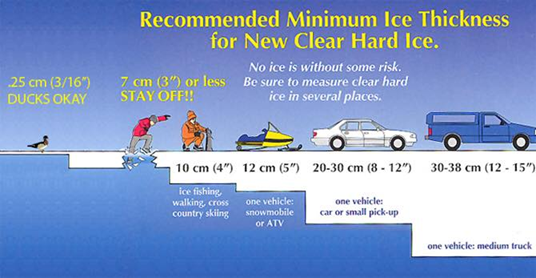A food crisis is on the brink, worldwide, as farmland is becoming destitute due to the overwhelming amount of pesticides, droughts, and extreme weather. With these challenges comes an inability to produce enough crops for the increasing global population. Since soil is such a crucial part of the growing process, is it possible to produce food without it?
The answer is a resounding yes. Several companies are pioneering the process of growing plants without soil. Plants need nutrients (food) to survive, along with air, water, and light. As long as they have these, they can easily thrive. This article will explore alternative growing methods to produce vibrant, nutritious produce.
Aeroponics
Pioneered by NASA in the 1990s, this method is regarded as the most technologically advanced growing process. Using suspended plants, the roots are intermittently sprayed with a nutrient solution by an automatic sprinkler system, connected to a water reservoir. Since the plant roots come in direct contact with pure air, the extra oxygen allows the plants to form their own nutrients more resourcefully, creating a vibrant result. Some benefits of aeroponics include:
- Richer flavor profile
- Faster growth, roughly two- to three times normal size
- Yields three times more crops
- Uses 95 percent less water than soil
- Significantly less energy needed
- No fertilizers or chemicals needed
Hydroponics
This system is designed for long-term cultivation of crops. Plants’ roots are submerged in a continuous flow of nutrient-rich water pumped through a reservoir pump. Seeds are buried in soil replacement cups and set in a container filled with water and nutrients for the plant. As the rich water is delivered to the cups, the seeds begin to germinate, and a root system forms. Some benefits of hydroponics include:
- Easily regulated
- Effortless commercial (large-scale) use
- Plants grow year-round
- Uses 90 percent less water than soil
Aquaponics
This technique works by raising fish to feed naturally mineral-rich nutrients to the plants. In essence, it mimics a natural ecosystem. As the fish eat and produce waste, fertilizer is formed, which feeds the plants. Fish excrement becomes a byproduct of food for bacteria, which is then converted into plant fertilizer. Benefits of aquaponics include:
- Healthy, swift plant growth
- Less disease
- Lower maintenance
- Fish can also be eaten
Hopefully, we will never be forced to use these methods in order to grow food. Wolf Survival Gear likes to offer people resources for various environments, so you’re prepared. Let us know your thoughts on this subject.
______________
Wolf Survival Gear is a hub for your prepping and survival needs. We are your trusted resource for concerned families, avid hunters, or serious preppers. Make us your one-stop-shop and prepare now, before you need it later.
Written by the digital marketing team at Creative Programs & Systems: https://www.cpsmi.com/
